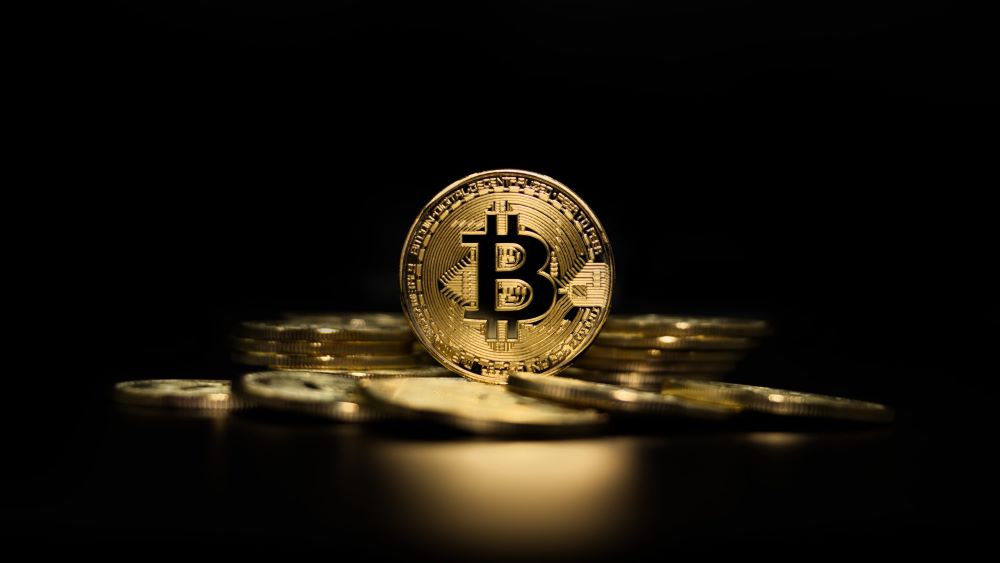The increasing crypto currency activity in Africa has garnered worldwide attention and the latest statistics have shown that there is no likelihood of a decline in the coming years.
In light of this, Richard Ball who is the Lead Data Scientist at Luno has written an interesting piece called ‘ Who’s buying crypto in Africa?’ highlighting the key crypto activity demographic in Africa and insights as to how they buy, sell and invest in crypto currency.
There’s a lot of eye-catching information in the article including statistics on the age group of Africans buying crypto, where women age 60 and above now account for 46 percent of the active female users on Luno’s platform.
Share your view after reading:
Who is Buying Crypto in Africa?
The average African crypto buyer is most likely to be male, spends about $20 USD on the first purchase and holds onto it for about nine months, according to data from Luno, the largest crypto platform in the country with over 10 million customers in 40+ countries.
Interest in crypto is rising on the African continent, says Richard Ball, Lead Data Scientist at Luno.
“Over the past year, Luno has verified more than three million new users worldwide. Africa is one of our strongest markets, with over 55% of the new customers added in the last six months being based on the continent. We’re extremely pleased to see new signups continue to register with Luno as we head into the next six months of the year.”
Customer behaviour in Africa
Africans usually start with an average first deposit of $14 USD, an increase since the dip in Bitcoin in November last year, Ball says.
“Most customers start with a relatively small deposit, while the top 25% of our biggest local customers start to buy crypto at around $65 USD and the highest deposit amount among our smallest 25% of customers is only around $3.40 USD.”
Ball says these metrics are good news for Luno, as they indicate that Africans are investing in crypto responsibly. Luno allows customers to buy crypto for as little as $1 USD in line with its mission to ensure wider access and encourages people to start with smaller deposits while they learn more about crypto.
Africa’s most popular crypto coins
According to Ball, the most popular crypto coins in Africa are Bitcoin, Ethereum and XRP, with more customers buying than selling.
Almost 80% of the transactions on Luno are from people buying crypto, which provides a rough indication of how bullish customers are on the top three coins.
“The greatest increase so far this year in demand is XRP, with a 25% price surge within a single week. USDC, a cryptocurrency linked to the US dollar, is the least popular on Luno’s platform, in line with its status as a stable coin.”
Ball says customers bought USDC during the market dip in the past few months. “When crypto prices fall, some customers buy into USDC to shield themselves from further market volatility. Once volatility has cooled down, traders will typically move from USDC back into crypto such as BTC. In some sense, this is in line with traditional financial markets where investors avoid risk and move to cash during periods of uncertainty.”
Who are Africa’s crypto buyers?
The local buyers are almost a mirror image of the global picture. In line with the gender split in traditional financial services, more men are buying crypto in Africa than women, with about 30% of the activity in the 18–29-year age bracket from women. However, in the 60+ age bracket, a greater percentage of women – about 46% – are active on Luno.
African customers hold their crypto for an average of 9 months, which is much longer than two years ago, with the exception of traders, who would naturally be more active, Ball says. “Overall, this indicates that African customers increasingly view crypto as a longer-term investment and are not necessarily buying it to make a quick buck.”
Behaviour depends on when customers bought
Ball says Luno is noticing that customer behaviour varies depending on when customers first bought crypto. “We frequently perform cohort analysis to track the transactional behaviour of customers who first bought at a particular point in time.
Ball explains that customers who first bought when the price was surging, might be more speculative, while customers who buy when the markets are flat, tend to be longer-term investors.
Using Luno’s savings wallets
Customers using Luno’s savings wallets can earn interest on their crypto holdings and Ball says about 7% of Luno’s customer base uses the savings wallet monthly. “There has been a 13% increase in local customers using the savings wallet over the past three months.
“The interest earned on crypto holdings via savings wallets is paid monthly. Luno customers can earn interest of up to 7.6% when they open a Luno savings wallet. Since Africans are holding on to their crypto coins for longer, it makes sense to earn interest until they are ready to sell.”
Repeat buying
According to Ball, more than 1 in 10 active Luno customers have used the repeat buy function in the past three months, with Africans buying an average of $50 USD worth of cryptocurrency per month using this facility.
Repeat buy is an instruction to buy into the market at regular intervals and is a great way for customers to buycrypto without having to time the market.
Without a repeat buy instruction, you need to keep a very close eye on movements in the market to ensure you buy when the price dips and sell when it rises.





